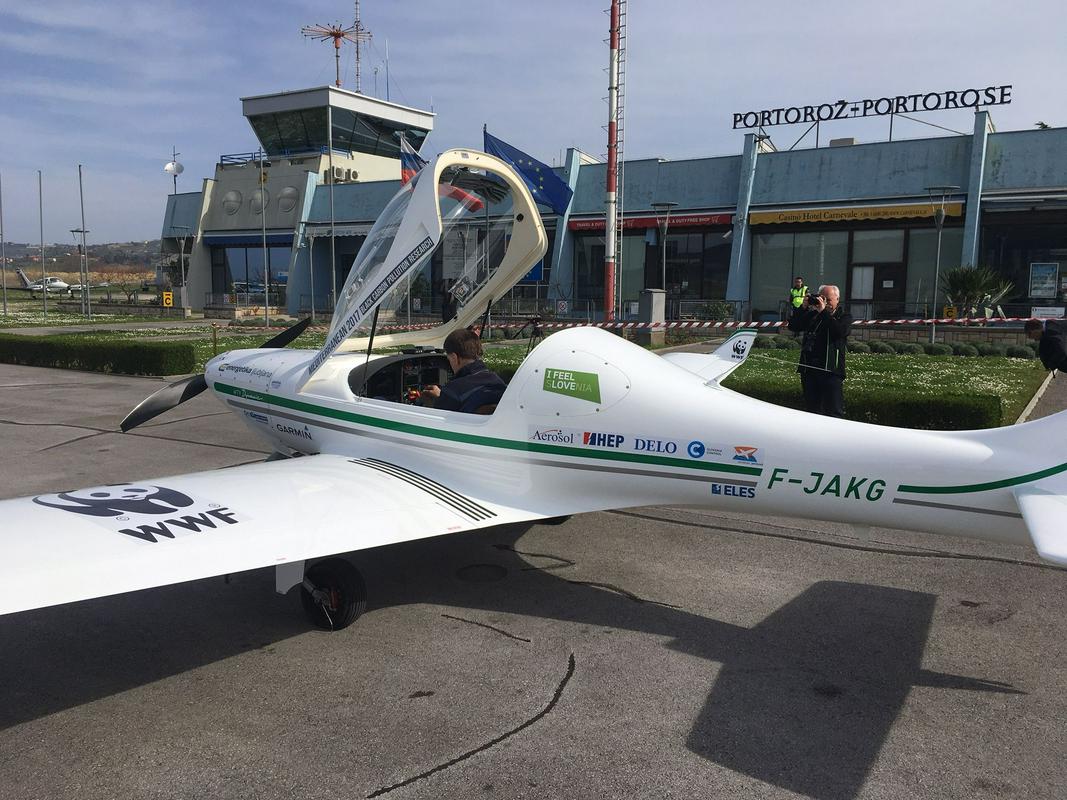Lenarčič’s mission will consist of four distinct legs, which will together cover 20,000 kilometers. The measurements will be carried out at altitudes ranging between 6000 and 12,000 feet between Lisbon and Cyprus, in an east-west line above the entire chain of the Alps, and between Paris and Bucharest.
The Dynamic WT 9 ultralight plane, which Lenarčič had used for his successful round-the-world flight last year, will carry additional instruments on this year’s mission. The company Aerosol has added an aethalometer, a device used to measure the concentrations of black carbon, as well as a device used to determine carbon dioxide levels.
Malta will be the first stop
To an even greater extent than is usually the case, the mission will depend on the weather, which won’t be significant just for flying but also for successful measurement-taking. The conditions will be regularly monitored by Green Light World Flight (GLWF) team member and meteorologist Andrej Velkavrh.
After Lenarčič’s takeoff from the airport in Portorož, Malta will be the first stop on the journey. Lenarčič will reach the island after a five-hour flight. He will then continue his journey toward Cyprus and then westward towards Lisbon, where he will conclude the first leg of his journey.
The scientific part of the mission is headed by Griša Močnik, who predicts that the results of this study will be presented to the public by the end of the year.
The study is vitally important because the results will show whether black carbon and Saharan dust are in fact endangering glaciers. This will provide data for a scientific study and perhaps dictate the appropriate course of action. According to the bleakest predictions, climate scientists warns that glaciers will disappear within the next 50 years if current pollution levels remain unchanged. However, studies also show that pollution and its consequences could be effectively stopped in a short period of time, according to a press release issued by GLWF.
Sa. J., translated by J. B.


































































